The average car payment for a new car in the United States is $563 per month, with the average term 70 months according to a recent article on Lendingtree.com. That’s 70 months, or almost six years of $563 car payments. For a family with two cars, multiply that number by two and you’ve got $1,126 per month!
That’s $1,126 per month that you’re spending on just car payments. That doesn’t even include insurance, fuel, maintenance, repairs, and depreciation. That’s also $1,166 per month in opportunity cost, something I write about extensively in my book.
These high payments are depleting our monthly cash flow and preventing us from building wealth. Fortunately, we have control over this. Is it actually possible to never have a car payment again? Yes, and here are some ways.
Delay the Cycle
If you use this method, you only have to do it once in your life. Seriously, one time and you’ll never have to do it in your life again. Delay the cycle. If you currently have a car loan, finish out the payments. Or sell the car to buy a less expensive one. Related article: What If You Sold Your Debt Away? Then hold on to your car for at least five years longer after it’s paid off.
During this time period, start making payments to yourself. Open up a bank account titled “car”, “car savings”, “no car payments” or something similar. Set up automatic monthly deductions towards saving up for your next car.
Let’s get into the numbers. If you are wanting to purchase a car for $20,000 in five years, you’ll need to save $333.34 per month ($20,000/60 months=$333.34). To make it simple, just bump it up to $334 so you’re not messing around with decimals. That’s with a rate of return of 0% so you’ll be able to do better than that. See chart below.
Once you’ve got the pre-determined amount of money saved up, you’re all set. You don’t need to buy the car immediately, but you’ve got the money in your account when you are ready to buy. Continue to save since this is a habit you’ll want to keep many years to come, and can easily keep rolling over (no pun intended) excess funds into the next car.
Once you purchase the car, nothing changes savings wise. Just keep saving in the car account for future cars, adjusting the amount as needed for inflation and your situation. Except now it gets much easier.
Here’s why it’s easier. You’ve now got a newer car that you’ll be able to keep longer than five years. Which means you have two really good choices. You can keep saving the same amount for your future car, or you can reduce your savings contribution since you likely won’t need a car in another five years.
If having a newer car every five years or so is something you value, this self-payment cycle will allow you to do that. Or if you’d rather wait closer to ten years (or longer), this cycle will enable you to either have excess funds in the car account, or move those funds over to an investment or savings account. Two really good choices that don’t involve car payments.
What is happening here is that you created a new cycle. Instead of being in a car payment cycle, you’re in a savings cycle where you are earning interest rather than paying it. The longer you keep your car, the more you can save and earn.
To show how much money you would have in a car savings account after getting out of the car payment cycle, see this chart over a 10 year-period. To show differences in rate of return, we’ll use 0%, 5%, and 10%.
| Monthly Contribution: $334 | 0% rate of return | 5% rate of return | 10% rate of return |
| Year 1 | $4,008 | $4,208 | $4,409 |
| Year 2 | $8,016 | $8,627 | $9,258 |
| Year 3 | $12,024 | $13,267 | $14,593 |
| Year 4 | $16,032 | $18,139 | $20,461 |
| Year 5 | $20,040 | $23,254 | $26,916 |
| Year 6 | $24,048 | $28,625 | $34,017 |
| Year 7 | $28,056 | $34,265 | $41,827 |
| Year 8 | $32,064 | $40,187 | $50,419 |
| Year 9 | $36,072 | $46,404 | $59,869 |
| Year 10 | $40,080 | $52,933 | $70,265 |
It should be noted that if you’re saving for something specific like a vehicle, you’ll probably want to keep your money in a lower risk investment. More than likely you’re not going to earn 10 percent on your money, but it’s helpful to see a visual like this to illustrate the power of compounding.
Financial Sprint
Here’s another option—a financial sprint. This is where you save as rapidly as you can until reaching your target amount. For example: Tom needs a new car and doesn’t have anything saved. He decides that he wants to purchase a car for no more than $10,000.
For the next several months, Tom is going to pour in almost all of his resources into saving up $10,000 for the car. He can do this in a variety of ways, and combining strategies will be the most powerful. He can:
- Go out less
- Cook more at home
- Spend less on online purchases
- Get a part time job
- Use tax refund if he gets one
- Earn a bonus at work if available
- Rent out a room in his house while saving
Here’s a quick rundown of how Tom can get to $10,000 in a little under seven months, even without a tax refund or bonus at work:
- Go out less: $150
- Cook more at home: $200
- Spend less on online purchases: $100
- Get a part time job: $500
- Rent out a room: $550
- Monthly Total: $1,500
Tom is basically putting his head down and getting to $10,000 as quickly as he can. The more strategies he uses, the faster he’ll get there. And as soon as he gets there, he can stop all, or some of these actions. Remember, nothing is permanent. Anyone can get a part time job, rent out a room, or go out less for a few months.
This method is effective because it’s quick and goal-oriented. The biggest negative is that it’s temporarily uncomfortable. It’s not very appealing to take these actions. However, once you’ve reached your goal, you’re done and you’ve set yourself up for a future with no car payments.
Keep Your Car Longer
This is a fairly obvious strategy, but seldom utilized. Keep your car longer, as long as it’s in good working order. The longer you keep your car, the more you can save for your next car. This strategy relates to the first strategy, and can also be used in combination with it.
As long as your car is running well and isn’t costing you much in repairs, this strategy will save you money every month and keep you away from car payments. Many makes and models of cars are easily exceeding 200,000 miles and 10 years, as long as they are regularly maintained.
Most people don’t keep their cars more than 10 years though. According to this article in Forbes, the average length of time people keep their cars is six and a half years. This can be due to a variety of factors including wanting an upgraded model, moving out of state and not wanting to transport the car, or damaging the car in an accident. However it happens, the average is less than seven years.
Buy Used and Spend Less
The last strategy is also fairly obvious. The less you spend on a vehicle, the less likely it is that you’ll have car payments. Most people have the ability to save up for a $5,000 to $10,000 car. But most people would have trouble saving enough for a $40,000+ ($40,179 to be exact) car, which is the average price for a new vehicle in the fourth quarter of 2020 according to an article in USA Today.
If you’re able to save up over $40,000 and highly value having a new car, buy the new car in cash. But if you don’t have that amount of money, or don’t want to spend that much on a car, keep reading.
A good starting point is to find a sweet spot in price where you like the car and have minimal repairs. You should be able to find something for under $10,000 with that criteria. Using the first couple strategies outlined in this blog will help you save up this amount of money.
Or maybe you decide your sweet spot is $15,000 to $20,000. Either way, it’s a lot less than $40,000+.
Once you’re ready to buy, have the car checked out by a mechanic and make the purchase if everything looks good. Now you’ve got a reliable car for the price point that you chose. And no car payments.
Closing
It’s possible to live a life with no car payments. The first step is simply deciding that this is something you want. Once you make that decision, the rest is just creating a plan and following the blueprint.

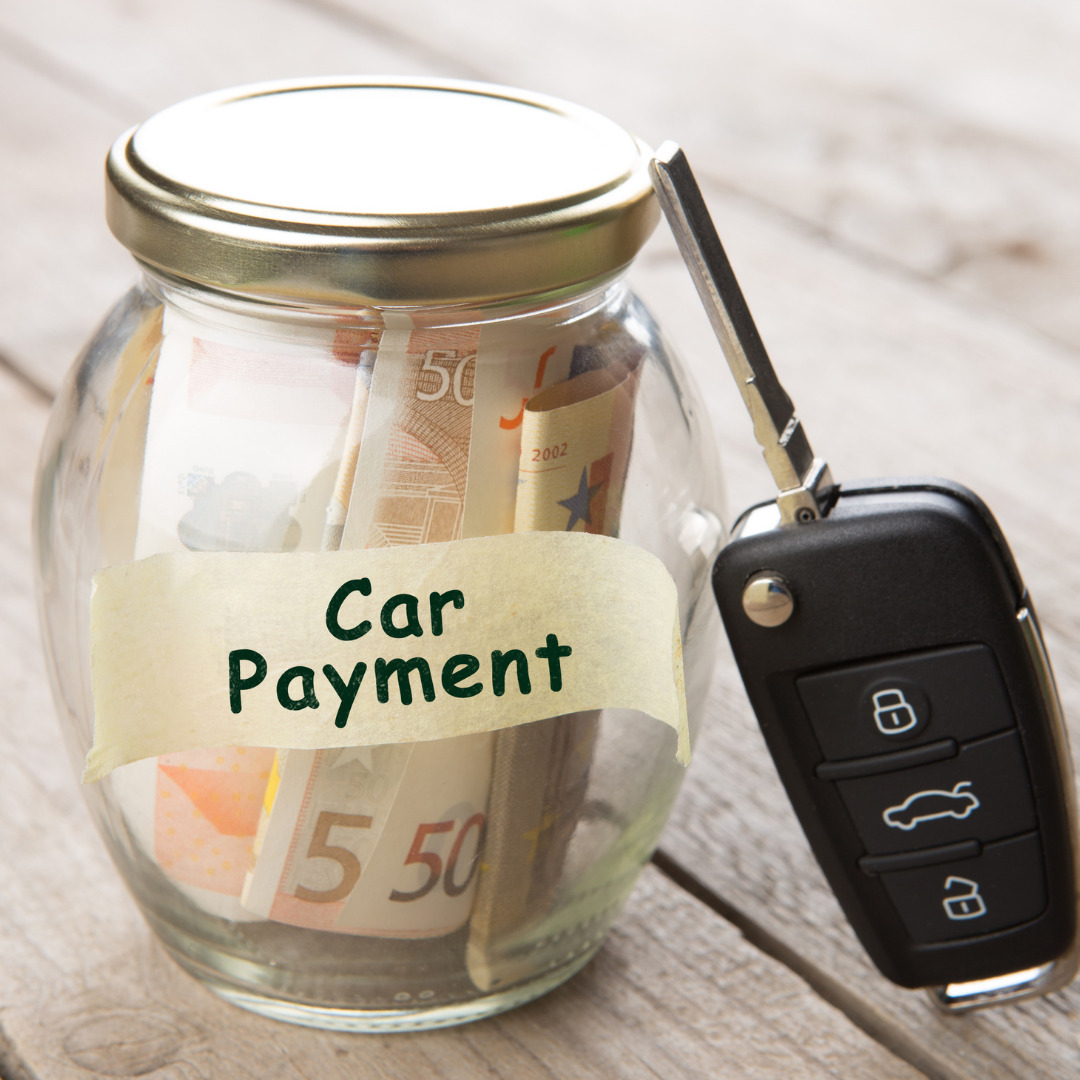

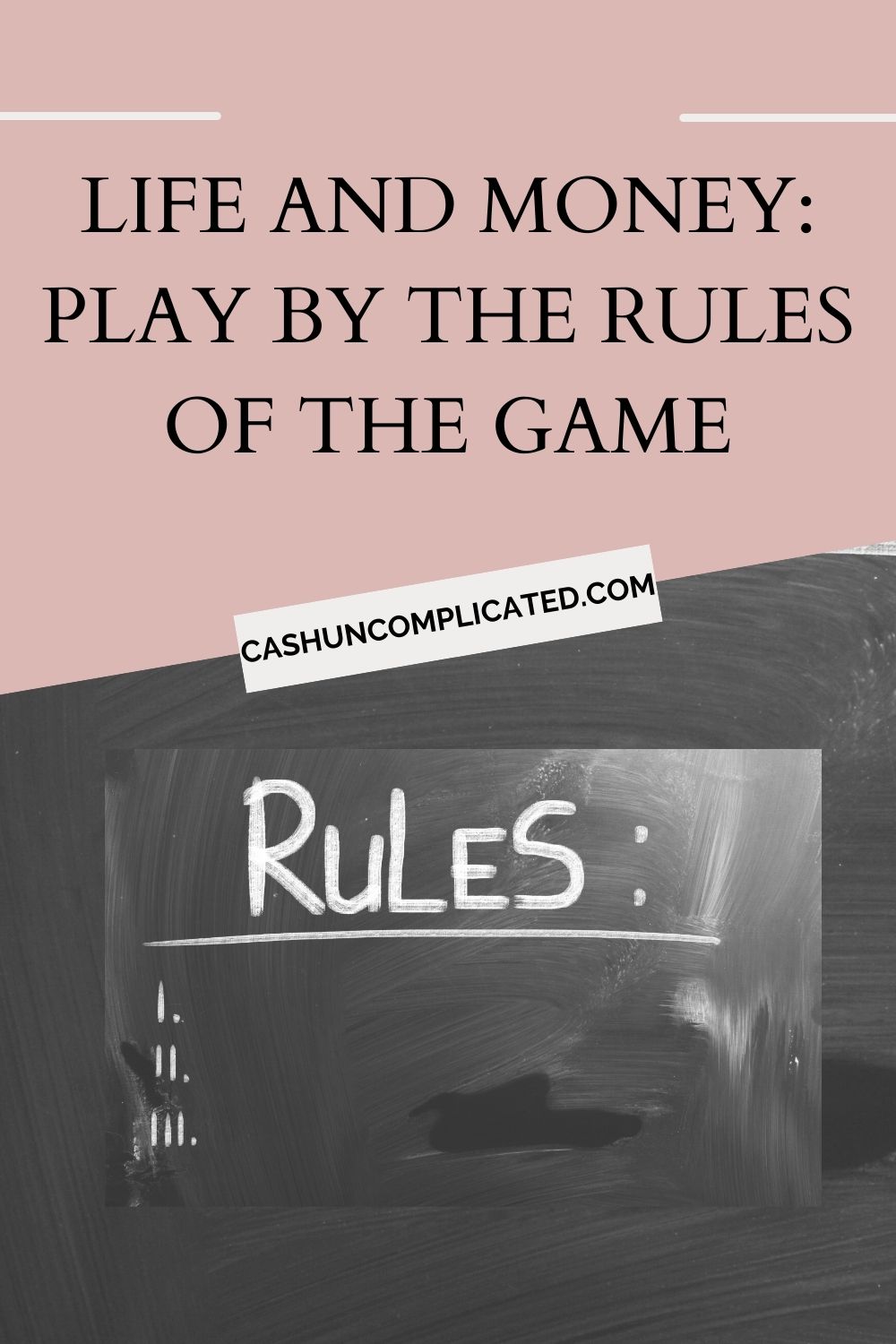
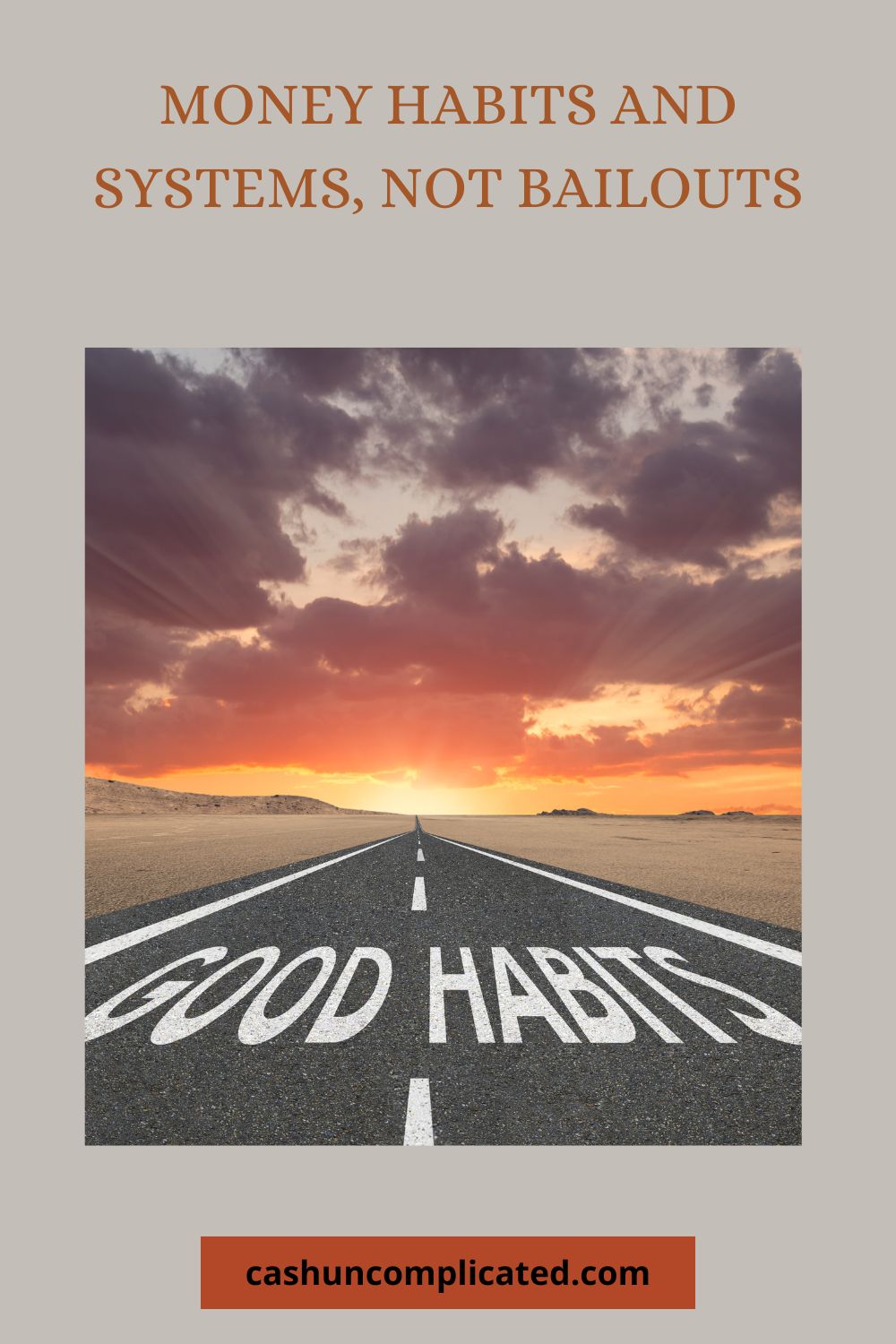
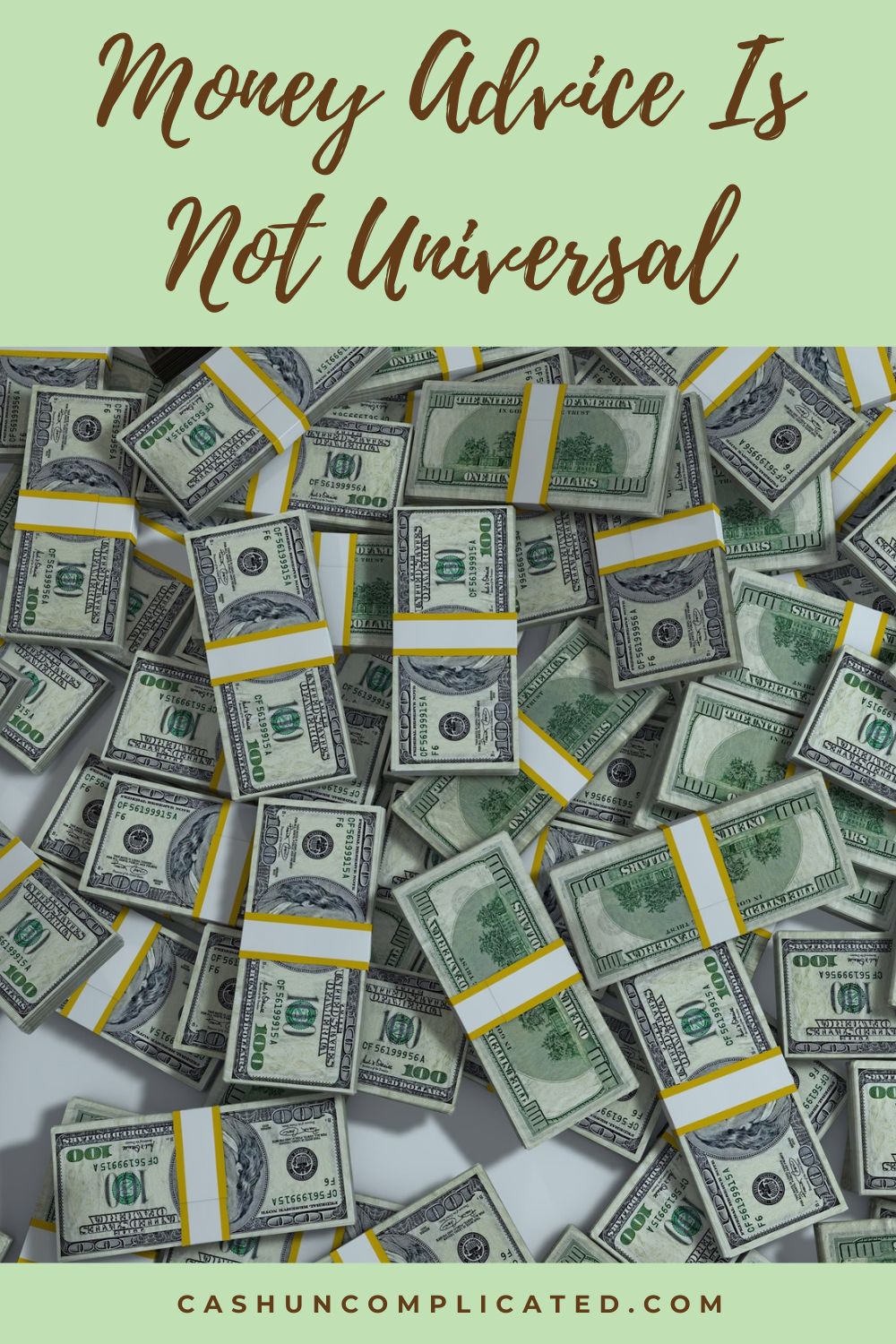
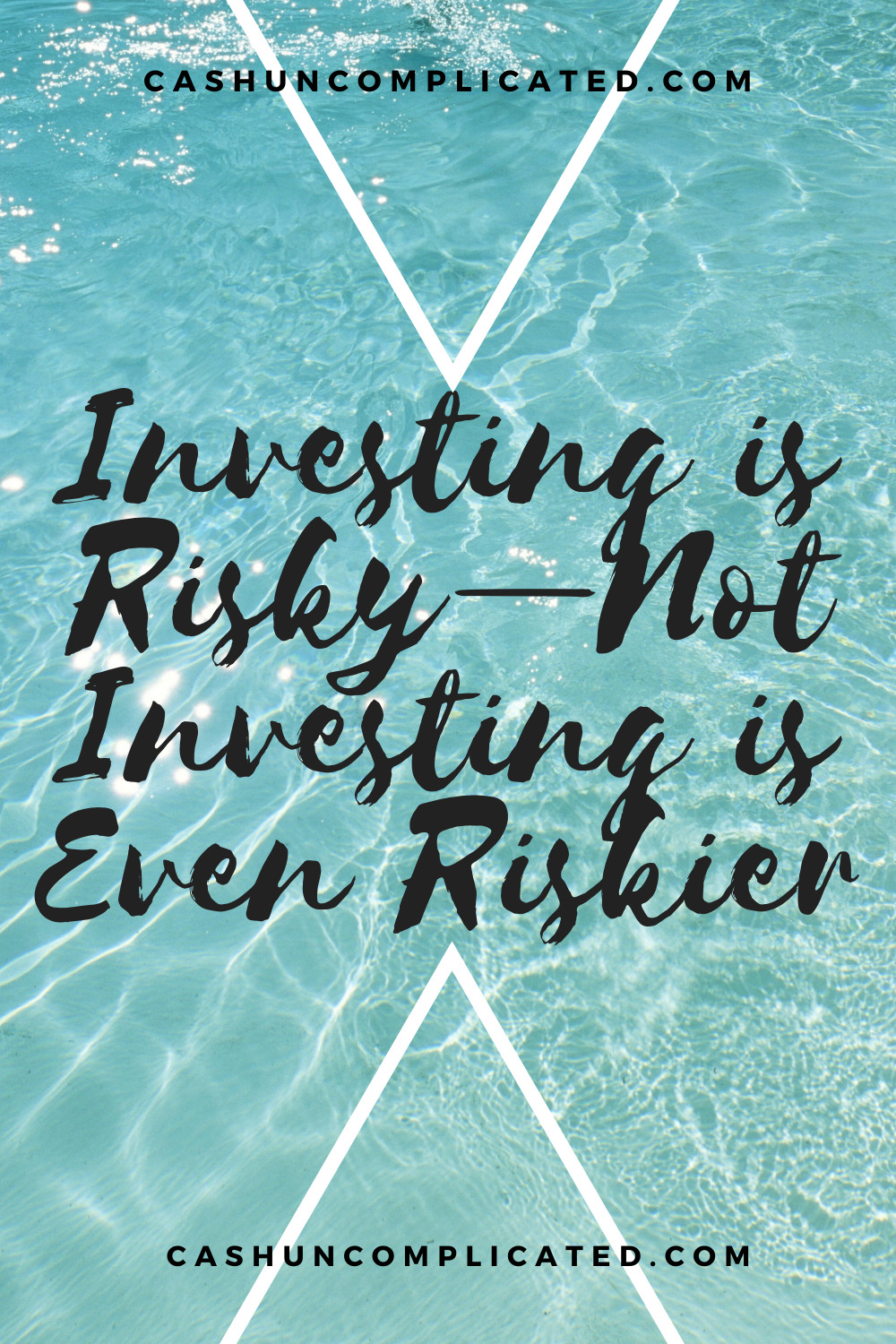
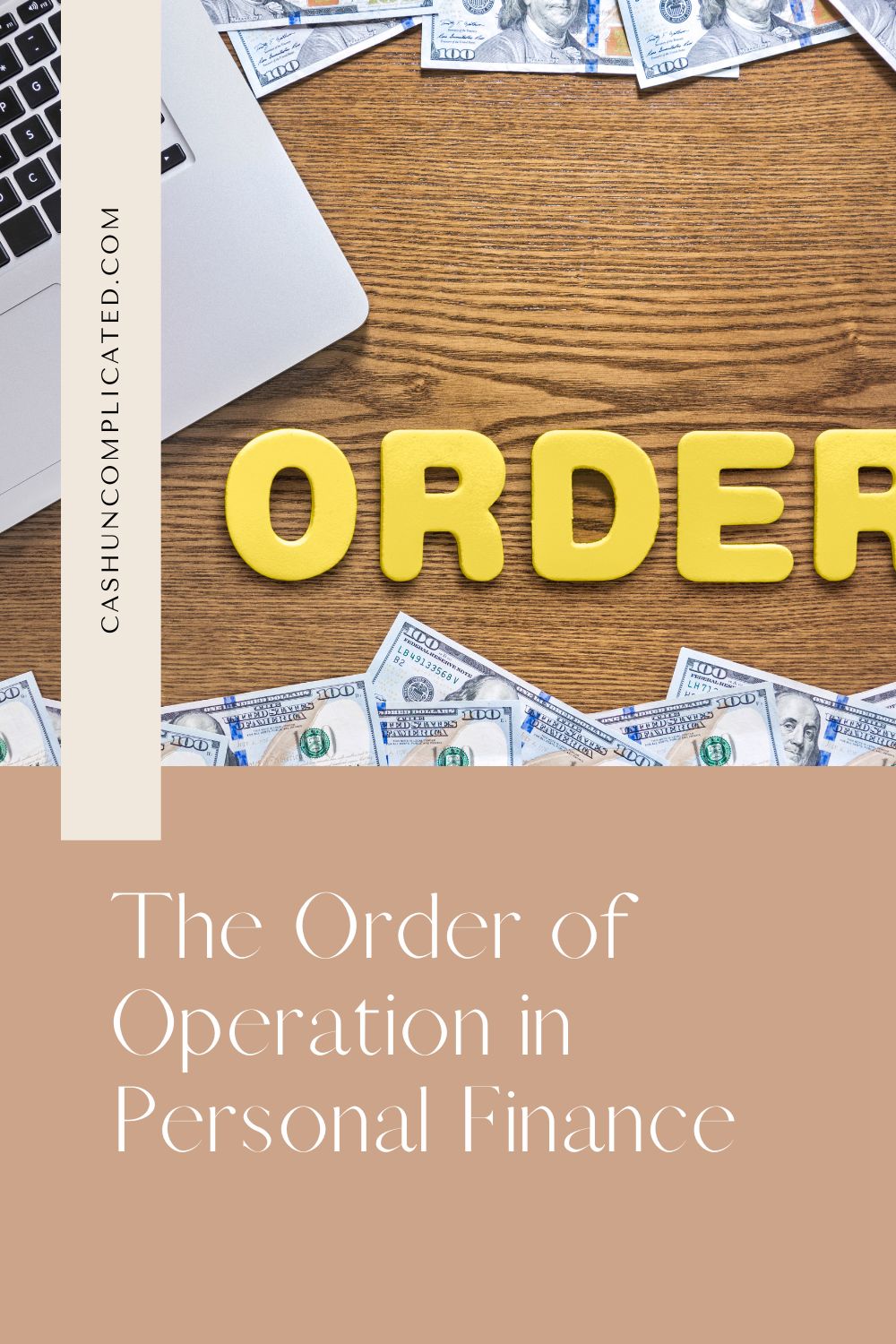

This Post Has One Comment
Pingback: Are Your Financial Values Aligned With Your Life Values? – Cash Uncomplicated
Comments are closed.